6th-Grade Triangle Polygons and Area Worksheets
Are you a 6th-grade student looking to strengthen your understanding of triangle polygons and area? If so, you've come to the right place! In this blog post, we will explore a variety of worksheets designed to help you practice and master these concepts. Whether you're learning about the types of triangles, calculating the area of polygons, or solving real-world problems, these worksheets will provide you with the practice you need to succeed.
Table of Images 👆
More Other Worksheets
Kindergarten Worksheet My RoomSpanish Verb Worksheets
Cooking Vocabulary Worksheet
DNA Code Worksheet
Meiosis Worksheet Answer Key
Art Handouts and Worksheets
7 Elements of Art Worksheets
All Amendment Worksheet
Symmetry Art Worksheets
Daily Meal Planning Worksheet
What is a polygon?
A polygon is a closed shape with straight sides that are connected to form a two-dimensional figure. It can have any number of sides, but must have at least three sides. Examples of polygons include triangles, squares, pentagons, and hexagons.
How is a triangle different from other polygons?
A triangle is a polygon with three sides and three angles, making it different from other polygons that can have varying numbers of sides and angles.Triangles also have some unique properties, such as the sum of internal angles being 180 degrees, which distinguish them from other polygons.
What are the different types of triangles based on their angles?
There are three main types of triangles based on their angles: acute triangles have all angles measuring less than 90 degrees, obtuse triangles have one angle measuring more than 90 degrees, and right triangles have one angle measuring exactly 90 degrees.
What are the different types of triangles based on their sides?
Based on their sides, triangles can be classified into three types: equilateral triangles, where all three sides are equal in length; isosceles triangles, with two sides of equal length; and scalene triangles, where all three sides are different lengths.
What is the formula to find the area of a triangle?
The area of a triangle can be calculated using the formula A = 1/2 * base * height, where A represents the area, base is the width of the triangle's base, and height is the perpendicular distance from the base to the opposite vertex of the triangle.
How is the perimeter of a triangle calculated?
The perimeter of a triangle is calculated by adding the lengths of all three sides of the triangle together.
Can all triangles have a right angle?
No, not all triangles can have a right angle. A right-angled triangle is a specific type of triangle that has one angle measuring 90 degrees. Triangles can have a variety of different angle measurements, such as acute triangles (all angles less than 90 degrees), obtuse triangles (one angle greater than 90 degrees), or equiangular triangles (all angles equal).
How can you determine if two triangles are congruent?
Two triangles are congruent if all three corresponding sides and all three corresponding angles are equal in measure. This can be determined by comparing the side lengths using the side-side-side (SSS), side-angle-side (SAS), angle-side-angle (ASA), angle-angle-side (AAS), or hypotenuse-leg (HL) congruence criteria. If the corresponding sides and angles meet one of these criteria, then the triangles are congruent.
Is it possible for a triangle to have two equal sides but different angles?
Yes, it is possible for a triangle to have two equal sides but different angles. This type of triangle is known as an isosceles triangle, where two sides are equal in length, but the angles opposite those sides can be different from each other. The third side of an isosceles triangle will be of a different length and may result in different angles from the other two sides.
How can you find the missing side length of a triangle using Pythagoras' theorem?
To find the missing side length of a right triangle using Pythagoras' theorem, simply square the lengths of the two known sides and add them together. Then, take the square root of the sum to find the length of the missing side. The theorem is represented as a² + b² = c², where 'a' and 'b' are the lengths of the two known sides, and 'c' is the length of the missing side (the hypotenuse).
Have something to share?
Who is Worksheeto?
At Worksheeto, we are committed to delivering an extensive and varied portfolio of superior quality worksheets, designed to address the educational demands of students, educators, and parents.





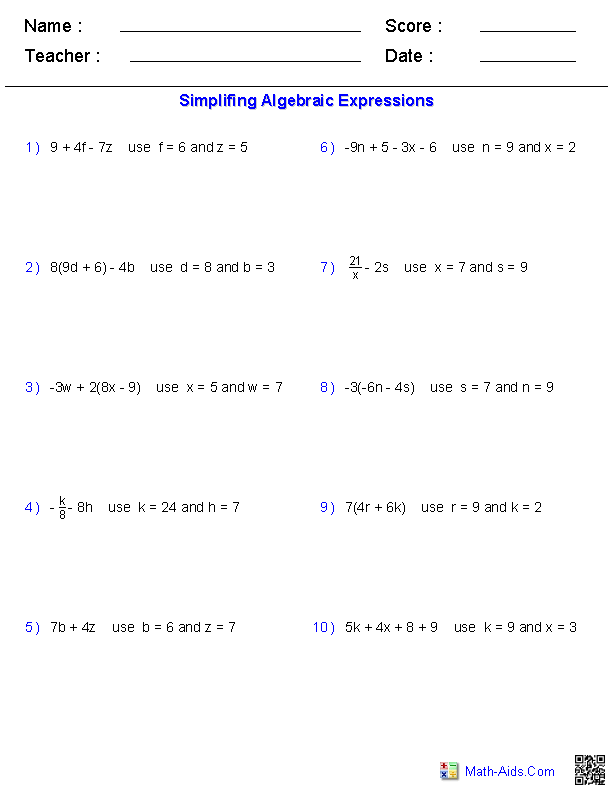
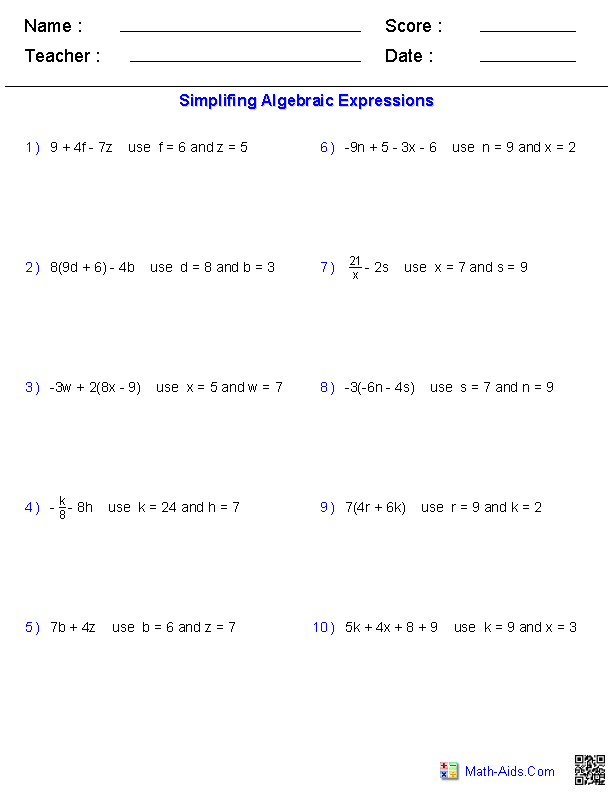
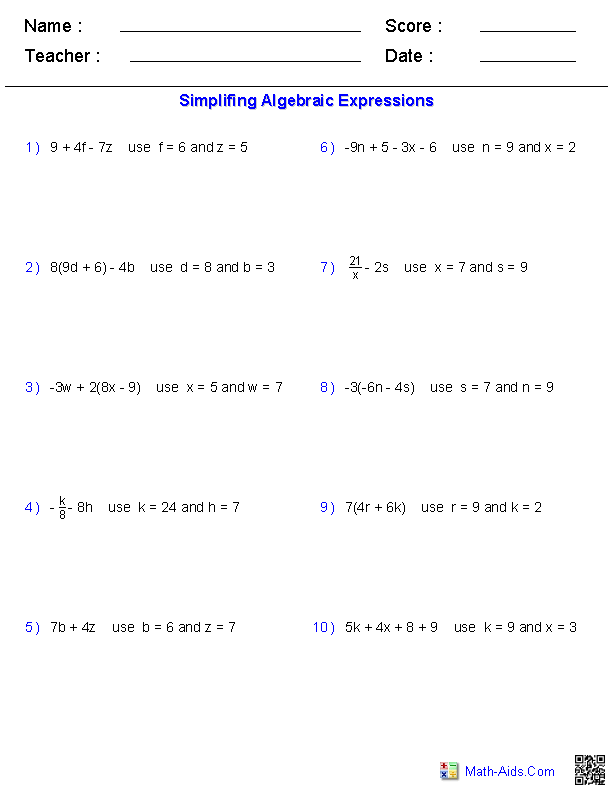
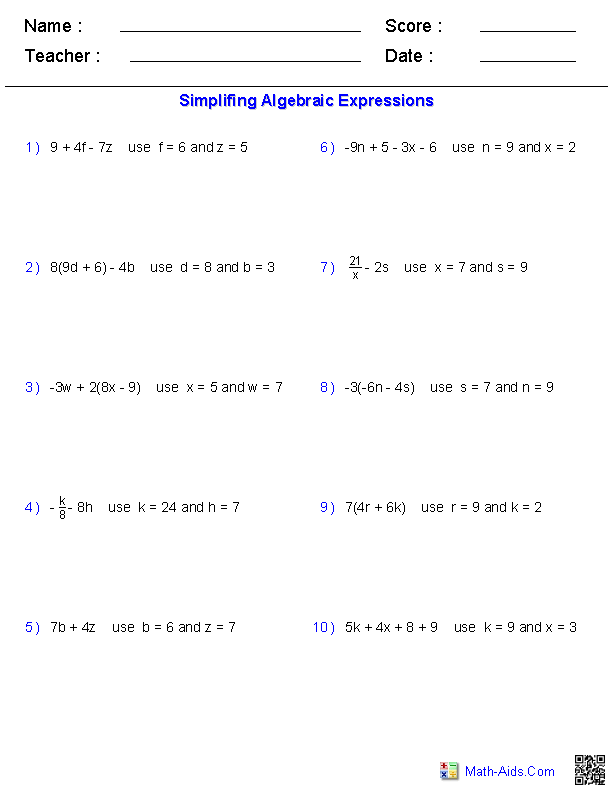
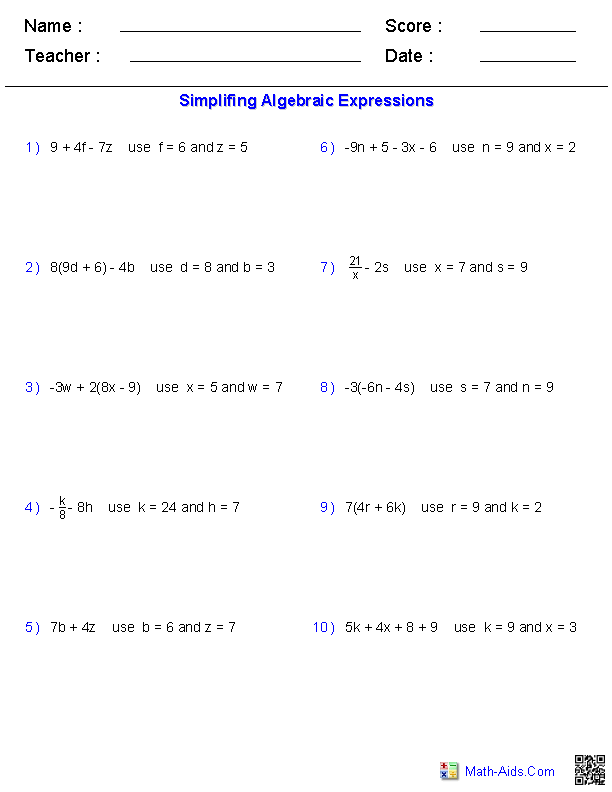
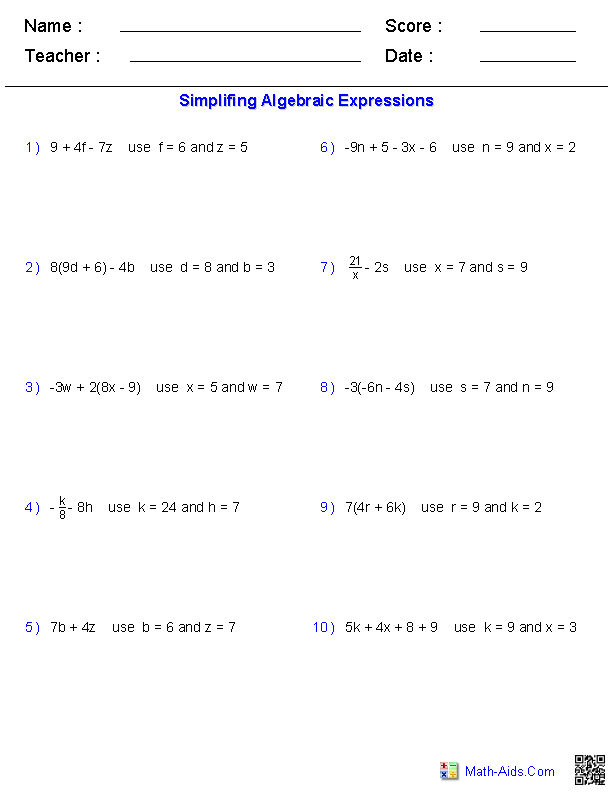
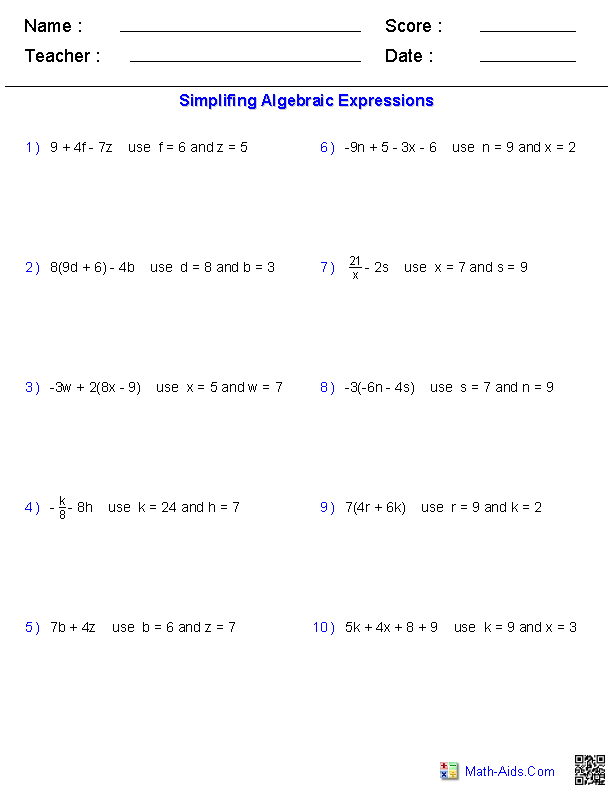
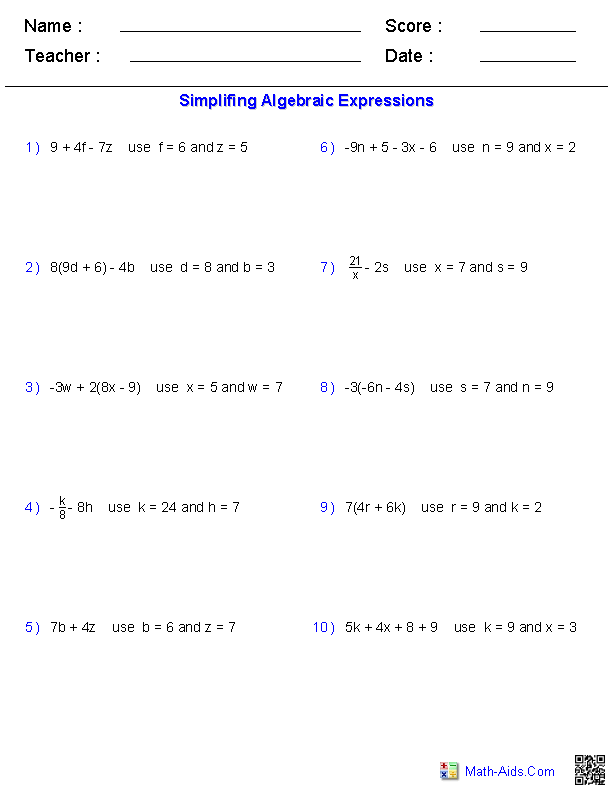
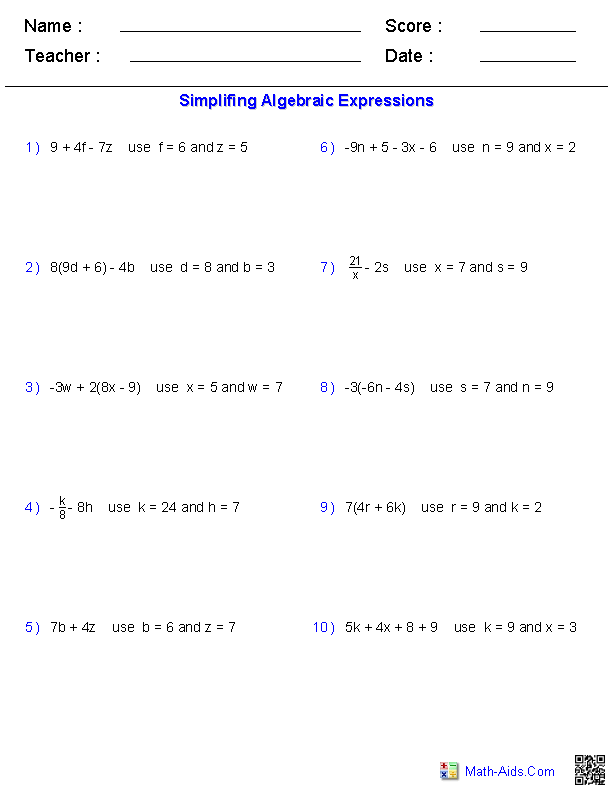
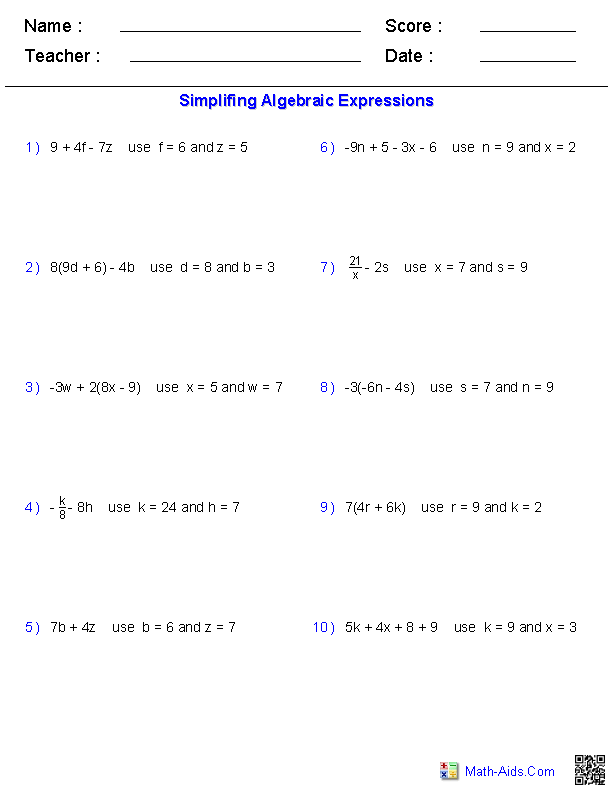
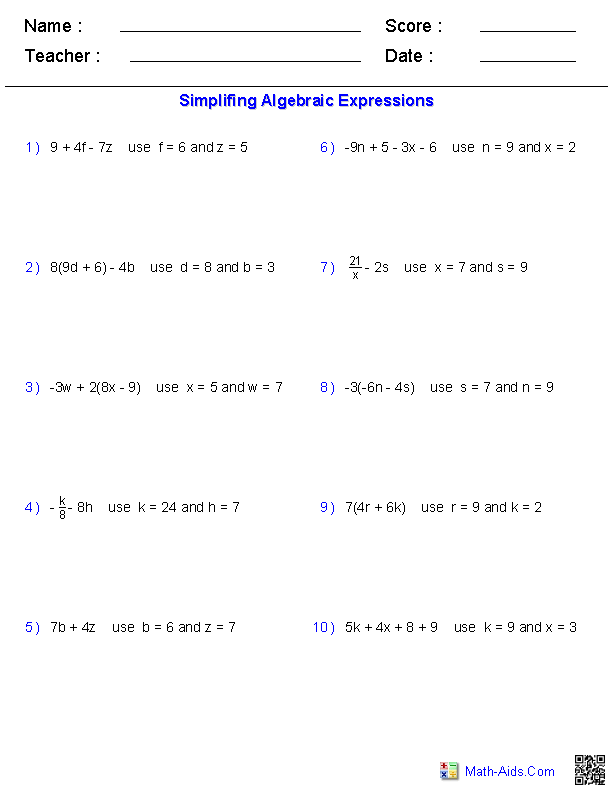
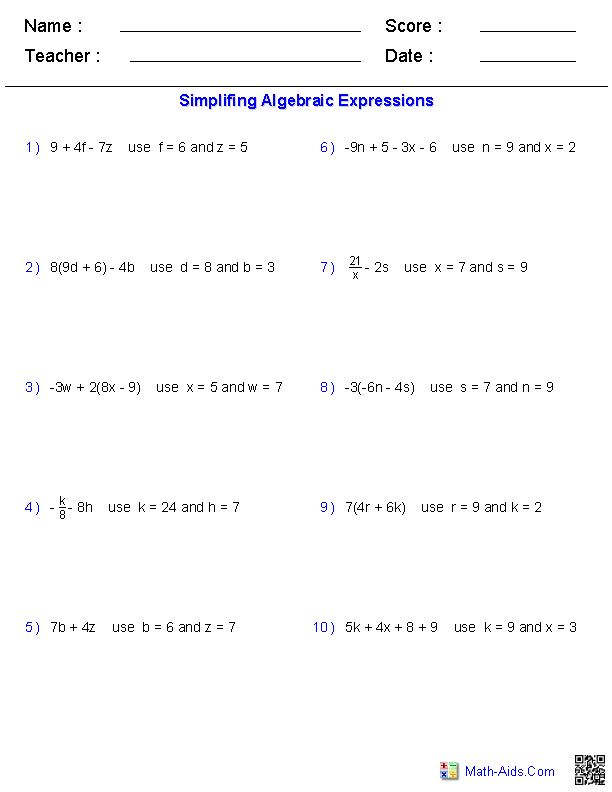
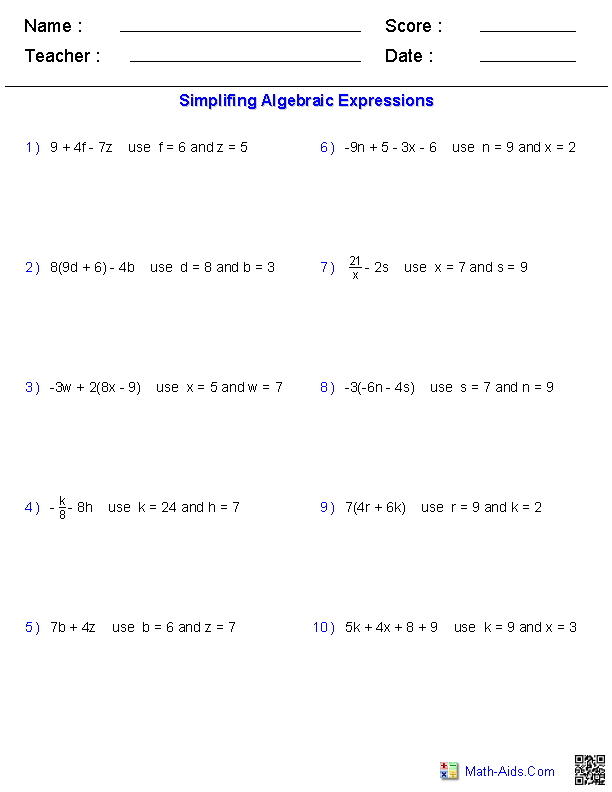
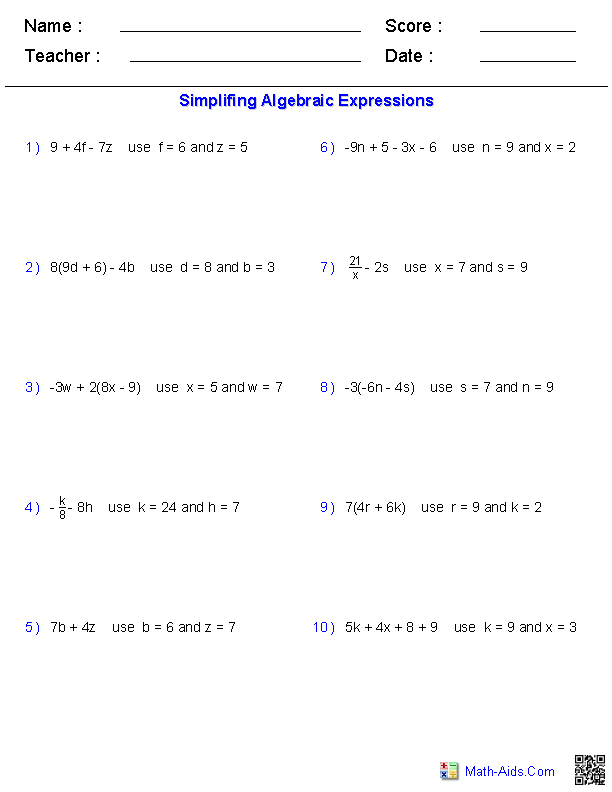
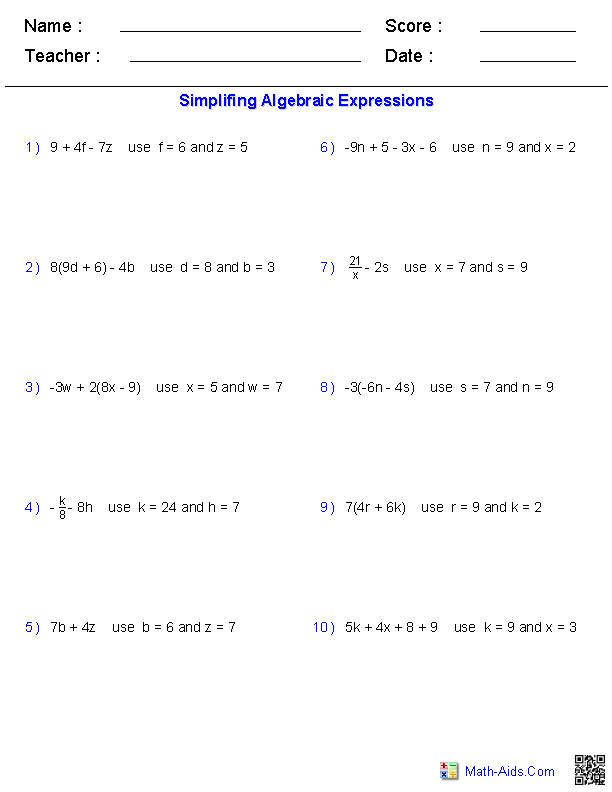
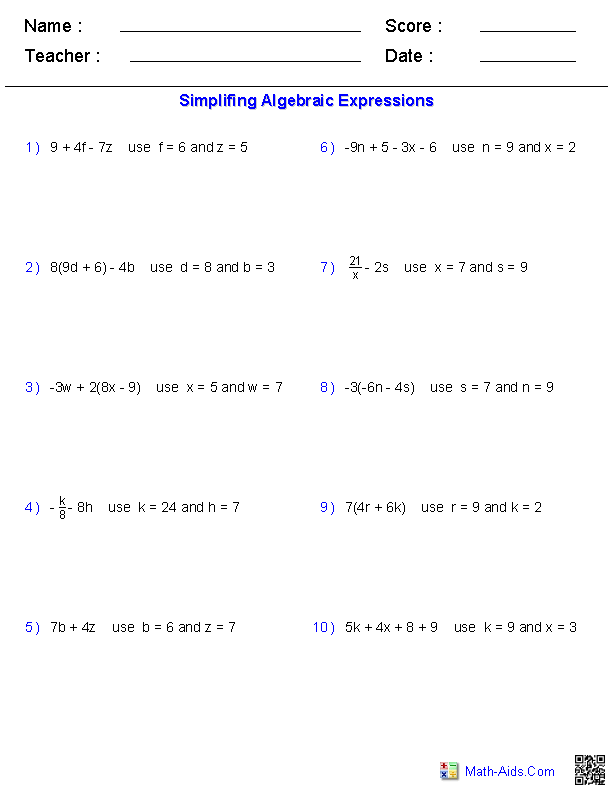
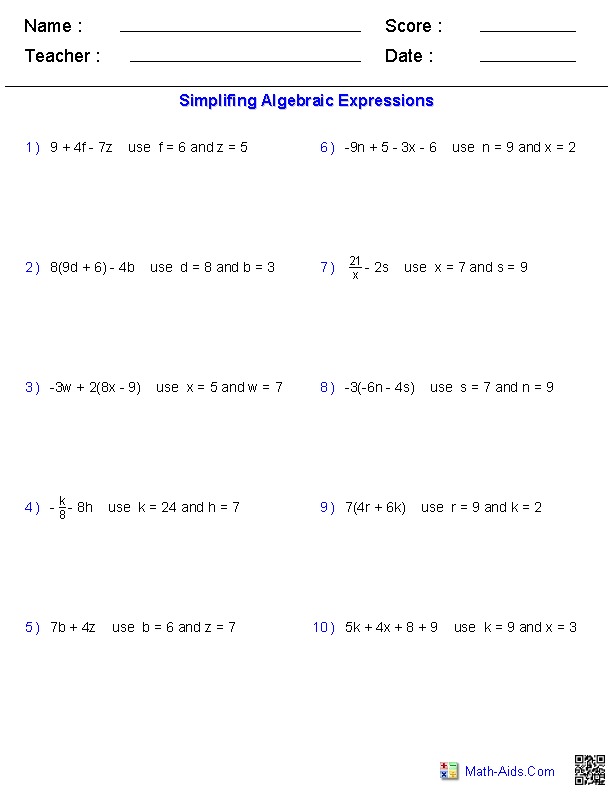














Comments